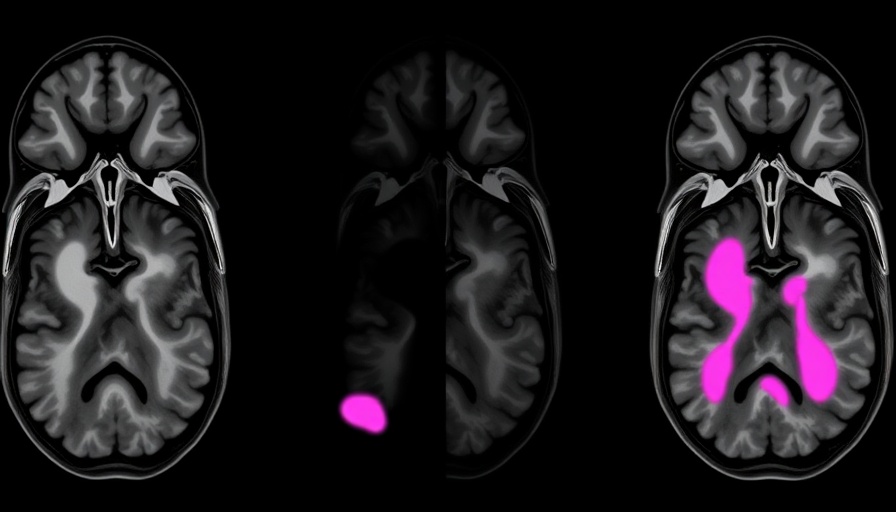
Revolutionizing Spinal Cord Injury Treatment
In a groundbreaking development from the University of Minnesota, researchers have unveiled a pioneering method to repair spinal cord injuries by integrating advanced 3D printing, stem cell biology, and engineered tissues. This new approach, detailed in the journal Advanced Healthcare Materials, shines a beacon of hope for the over 300,000 individuals in the U.S. living with spinal cord injuries who currently have limited treatment options.
Understanding the Challenge of Spinal Cord Injuries
Spinal cord injuries can lead to devastating consequences, including paralysis, because the body struggles to regenerate nervous tissue after damage. A significant hurdle in recovery is the death of nerve cells and the corresponding inability for nerve fibers to reconnect across the injury site. Traditional treatments have often fallen short, leading researchers to explore innovative solutions.
The Breakthrough: 3D-Printed Organoid Scaffolds
The research team developed a unique 3D-printed organoid scaffold designed with microscopic channels that serve as pathways for neural growth. These channels are precisely populated with spinal neural progenitor cells (sNPCs) derived from human adult stem cells. Dr. Guebum Han, the study’s lead author, explains that the scaffold mimics the natural environment of the spinal cord, directing the stem cells to grow in a structured manner, allowing nerve fibers to extend through the scaffold and reconnect with the host’s nervous system.
From Lab to Life: Animal Trials
The real-world implications of this technology were tested on rats with completely severed spinal cords. Remarkably, the transplanted scaffolds allowed the cells to differentiate into neurons, extending nerve fibers in both directions—this provided a functional relay bypassing the damaged area. Over time, the integrated nerve cells formed new connections with the rats' existing neural circuits, showcasing significant functional recovery. This finding illustrates the potential this method has not only to restore movement in animals but possibly in humans in the future.
Implications for Future Treatments
As Dr. Ann Parr, a professor of neurosurgery at the University of Minnesota, noted, "Regenerative medicine has ushered in a new era in spinal cord injury research." The hope is to scale up this revolutionary method for clinical applications, bridging the gap between laboratory innovations and tangible medical treatments for spinal cord injuries.
Potential Impact on Dallas Residents
For many living in Dallas, the potential success of this research could herald new opportunities for treatment and recovery. With a vibrant biomedical sector, the advancements in stem cell technology and 3D printing may lead to clinical trials in the city, benefiting countless individuals who are navigating the challenges of spinal cord injuries.
Broader Insights: The Future of Regenerative Medicine
This advancement not only represents a significant leap forward in spinal injury research but also highlights the vast potential of regenerative medicine. Techniques like 3D printing could pave the way for customized treatments not only for spinal injuries but for other conditions that necessitate tissue repair. With the ongoing evolution of biotechnology, the future looks promising for both patients and healthcare professionals globally.
Emotional Resonance: Hope for Patients
Living with the aftermath of a spinal cord injury can be an emotionally taxing experience, not just for the individuals affected but for their families as well. As this research moves closer to clinical application, it invokes hope for many, suggesting a future where paralysis might not be a permanent condition, but rather a challenge with viable solutions.
In conclusion, while the journey from laboratory innovation to clinical reality remains a formidable challenge, the breakthrough achieved by the University of Minnesota team is a significant step forward. Continued research and development in this area could redefine what is possible for spinal cord injury treatment, fostering a future where recovery is a tangible goal.
If you or a loved one is affected by spinal cord injuries, stay informed about these advancements and consider engaging with local health professionals who can provide guidance on upcoming treatments and clinical trials.
 Add Element
Add Element  Add Row
Add Row 



Write A Comment